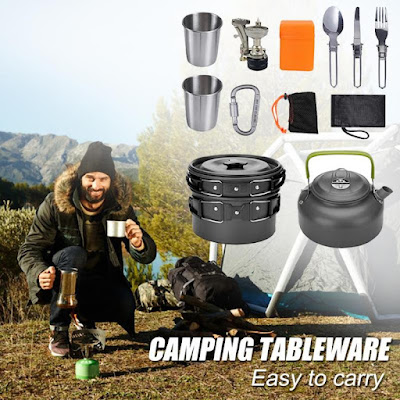Wahoo fish secrets with tips to catch
Unveiling Wahoo Fish Secrets: Expert Tips for a Successful Catch
The magnificent wahoo fish, also known as ono fish in Hawaiian waters is a prized target for anglers around the world. With its lightning-fast speed and elusive nature, catching a wahoo requires both skill and knowledge. In this article we will delve into the secrets of this remarkable species offering valuable insights and tips for a successful wahoo fishing adventure. So buckle up and get ready to explore the thrilling world of wahoo fishing!
Understanding the Wahoo Fish
Optimizing Wahoo Trolling Speed
Unveiling Ono Fish Mysteries
Expert Tips for Catching Wahoo
1- Targeting Wahoo Hotspots: Wahoo are often found near offshore structures, such as reefs, seamounts, and underwater ridges. Pay attention to temperature breaks and current edges, as these can serve as ideal feeding zones for wahoo.
2- Effective Lures and Bait: Wahoo are attracted to fast-moving lures, such as jet heads, diving plugs, and skirted baits. Choose lures with vibrant colors and flashy designs to mimic the prey wahoo typically pursue.
3-Wahoo Fishing Charters: Joining a wahoo fishing charter can greatly enhance your chances of a successful catch. Experienced captains and crews are well-versed in the habits and habitats of wahoo offering valuable insights and guidance throughout your fishing expedition.
As you venture into the world of wahoo fishing, armed with knowledge and expert tips, the thrilling pursuit of these speed demons awaits. Remember to optimize your trolling speed, embrace the secrets of ono fish in Hawaiian waters, and consider the assistance of professional wahoo fishing charters. With perseverance, skill, and a little bit of luck, you may soon find yourself holding a prized wahoo catch and savoring the exhilaration of a successful wahoo fishing adventure.
What month is best for wahoo fishing?
The best month for wahoo fishing can vary depending on the location and specific fishing grounds. However, in many tropical and subtropical regions, the prime months for targeting wahoo typically fall within the warmer months of the year. Here are some general guidelines for the best months to pursue wahoo fishing in different regions:
Are Wahoo fish good to eat?
Yes, wahoo fish are considered excellent for consumption and are highly regarded for their culinary qualities. The meat of the wahoo is firm, white, and has a mild, delicate flavor. It is often described as being similar to other popular white-fleshed fish like tuna or mahi-mahi.
Wahoo can be prepared in various ways, including grilling, broiling, baking, or pan-searing. The firm texture of the flesh allows it to hold up well to different cooking methods without falling apart. It is also a versatile fish that can be used in a wide range of recipes, from simple grilled fillets to more elaborate dishes.
Many people enjoy the taste of wahoo as it is, seasoned with basic herbs, spices, and a squeeze of lemon or lime juice. It also pairs well with marinades or glazes that complement its natural flavors. Additionally, wahoo can be used in sushi or sashimi preparations due to its excellent quality when consumed raw.
As with any fish, it's important to ensure that the wahoo you consume is fresh and properly handled. If you catch wahoo yourself, make sure to clean and store it correctly to maintain its freshness. If purchasing wahoo from a fish market or grocery store, look for reputable sources that guarantee the quality and freshness of their products.
Overall, wahoo is a prized fish not only for its sportfishing qualities but also for its delicious taste and versatility in the kitchen.



.webp)


